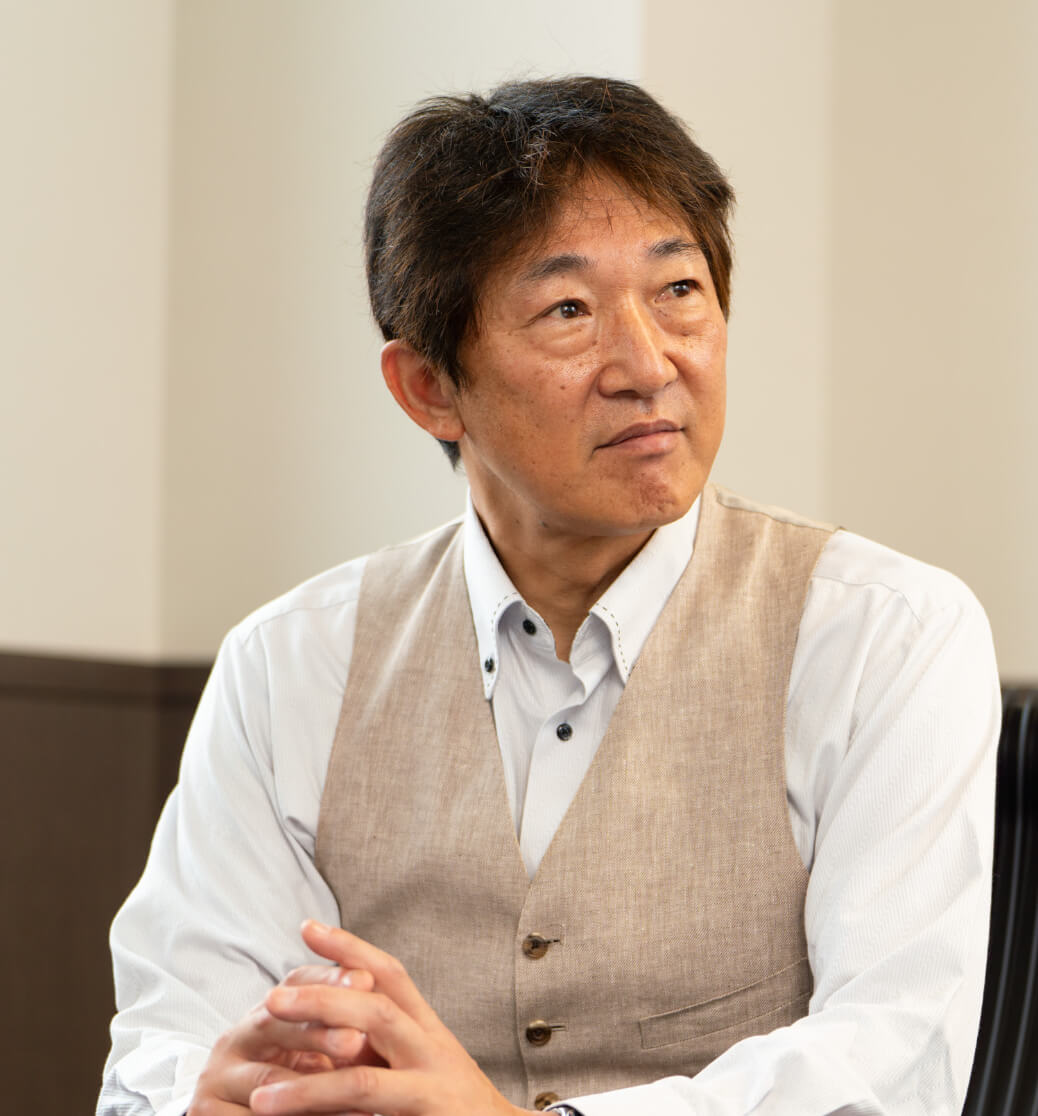The Role of Design in Kubota’s Product Development
A round table discussion with the Director of the Design Center and the leaders of the Center’s design teams

Kubota’s product development involves a number of company departments, including departments in sales, technology, quality assurance, and services. One of such department is Kubota’s Design Center which is in charge of product design comprehensively. The Center and the company’s various departments collaborate as they pursue development of the best product for customers. What role does design play in Kubota’s product development process? The role in the product development is unveiled through a roundtable discussion.(Affiliation/position as of March 2020)
-
General Manager, Design Center
Hisato Kato
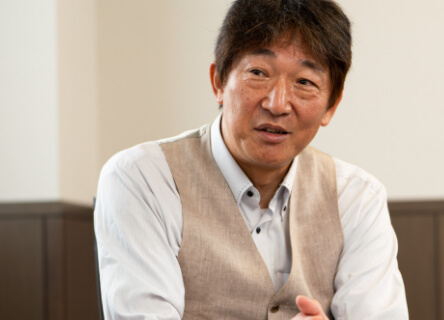
-
Section Manager, Exterior Design Team
Yoshitaka Higashikawa
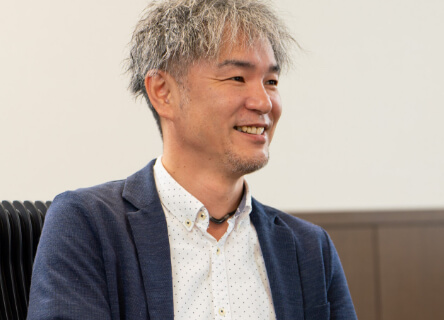
-
Section Manager, Interior Design Team
Gen Futagami
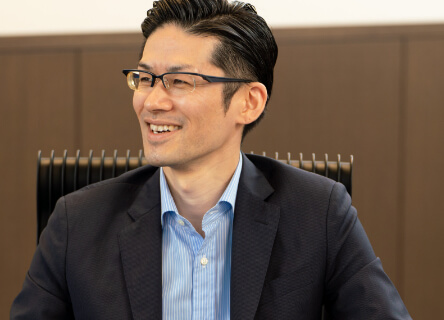
-
Section Manager, Communication Design Team
Tomonori Kaneko
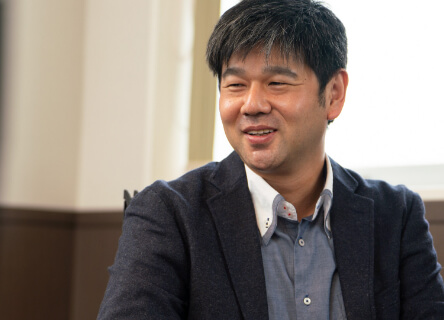
Realizing and communicating the image of the product through design
When Kubota develops a new product, the first step is taken by business divisions as they draw up a project planning concept and solidify the product concept. The Design Center will participate in this process as the product concept is being determined.
Higashikawa: During the early development stage, we use images to visualize the product’s form to create a common direction among the members involved. This is the role our design teams are expected to take during product development.
Futagami: During the development process, each relevant department will look at things from the perspective of the customers they deal with, based on their own idea of the finished product. However, if these various departments stick to their own ideas, then things would remain up in the air, and we could not come up with something that matches the product concept. So, we all must move forward toward a single goal. Our job then is to find common denominators for the issues facing customers and for the purpose of making the product. The Design Center takes the lead by creating the visuals.
Kato: To move forward with development, everyone involved needs to have the same images on how the finished product will look. We use design to give flesh to the concept, making things easier to understand. This adds momentum to project promotion. I believe one of the Design Center’s missions is to promote this process.
Once the product is completed it will be shown to potential customers at exhibitons and other events, with the Design Center taking charge of product promotion activities. The Communication Design Team is responsible for these activities. Kaneko, Section Manager, phrases his team as the anchor of the Design Center. His team conveys the Kubota brand and promotes the product’s value effectively, including its functionality, performance, and external appearance. Communication to the customers is another role played by design.
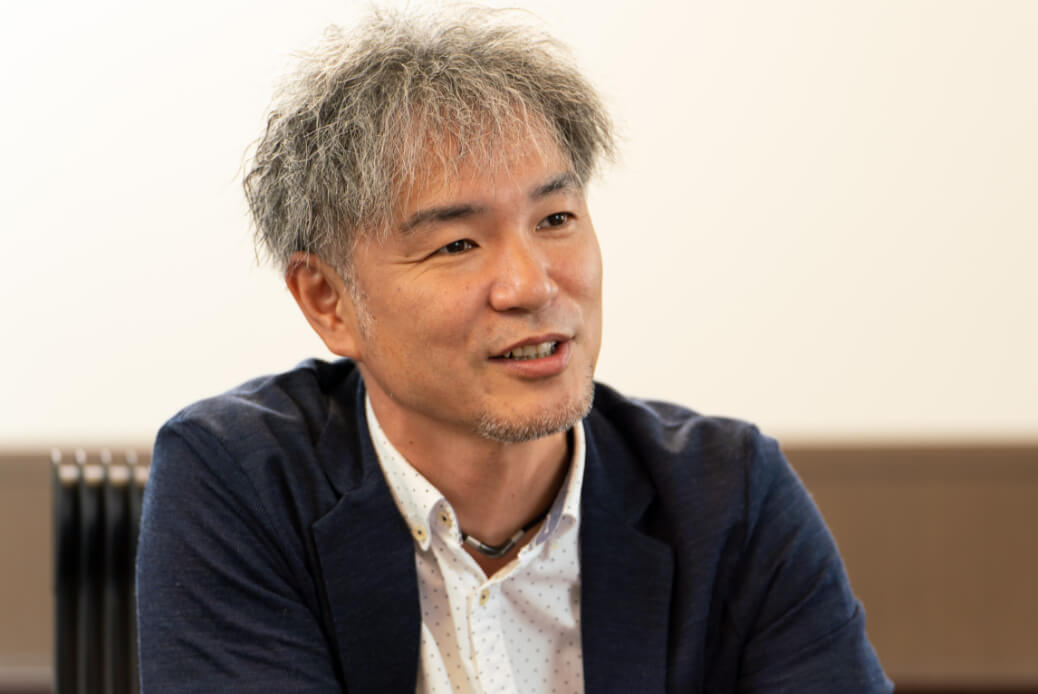
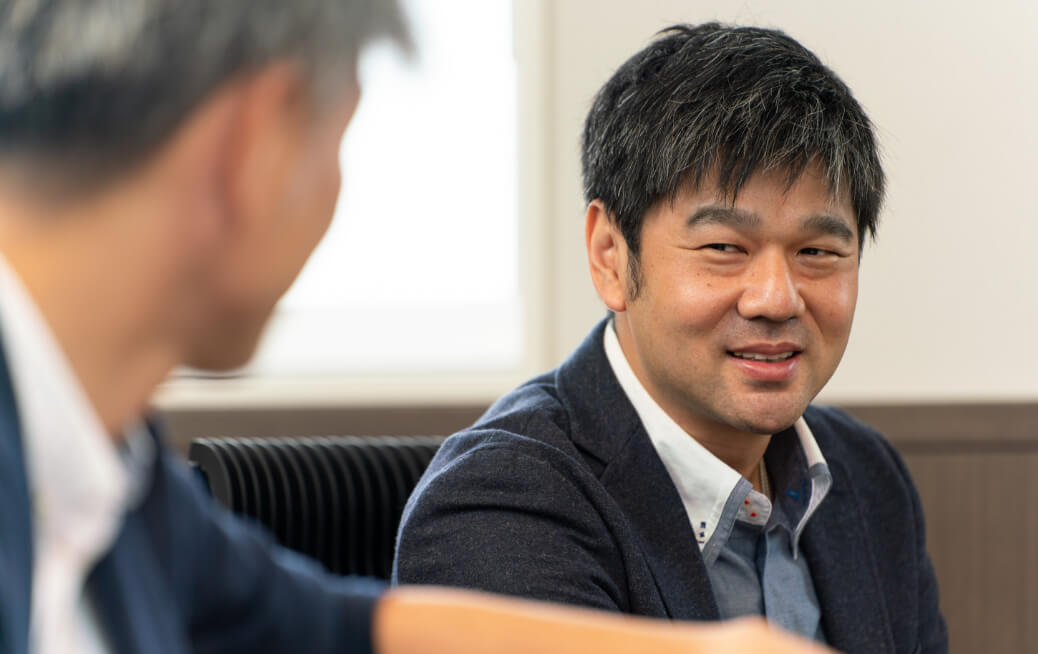
Design for machinery to serve its true purpose
Higashikawa: Kubota’s products are tools, so appearance is not enough — tools are only good if they can be used effectively. We stay focused on the function necessary for the task and simplify the design. Best of all, the result is an attractive design as a tool.
Futagami: A design fails if it only triggers a positive emotional reaction. It needs to fulfill the function of the product properly. Kubota design is ultimately beauty in function. It aims for a high quality product that is easy to use.
Focus on the user and function. This lies at the heart of Kubota design. For Kubota, design involves not only visual aspects like color, form, and decorative elements, but also easy handling, job-focused functionality, and the resulting user satisfaction. The technology needed to achieve all this, along with factors such as cost considerations, influence design decisions. We believe that by looking at every aspect and considering the user's perspective, the product will be designed to help it play its role. The beauty that is born as result is what makes Kubota unique.
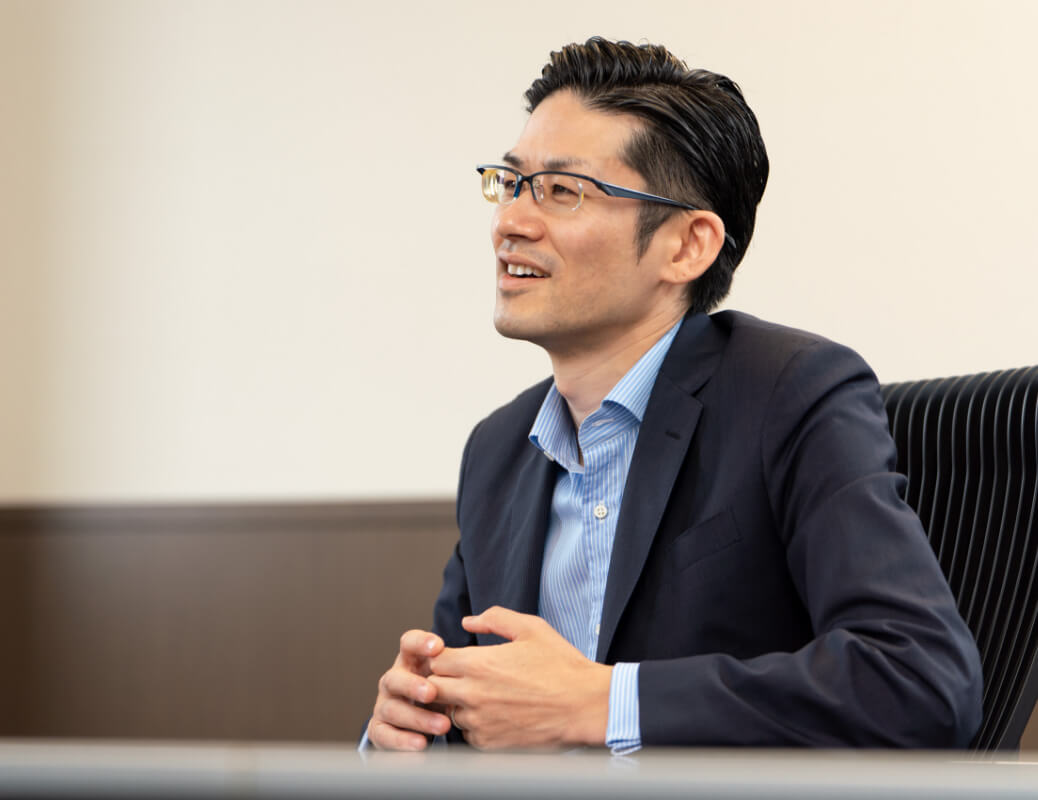
Aiming for products people are accustomed to using
Higashikawa: We want our customers to recognize not only the visual design such as color, shape, and decorative elements, but also as the tool with functional beauty. Actually, the ideal is that the user regards the product as something nice and familiar, always close at hand, ready to use, without being conscious of design.
Kubota designers will go with engineers, sales personnel and other staff to the customer’s worksite. There they learn more about customer needs, and only then will they begin product development. In the case of agricultural machinery, our staff will ride on it and operate the steering and levers to discover how much vibration is felt. As another example, we’ll observe how much physical strength a female operator would have to apply. This hands-on observation leads to a greater understanding of the customer’s perspective, and helps us rank problem resolution priorities, eliminate unnecessary considerations, and make the product easier to use and understand. We aim for greater ease-of-use even if that would not influence the sales. We might even go back to the drawing board to make a 0.1 mm adjustment in the layout. The final product coming out of this design process will fit nicely like the tools that customers have used for many years and blends into their daily lives.
Kato: To sum up, our design is based on our placing ourselves in our customers’ position and think as customers do, striving not only for a good appearance but also putting our souls for a satisfactory user experience. We then ask ourselves how much we can exceed customer expectations, how our design should anticipate the future 5 years or 10 years down the road, and how to adapt our design to that future. Then we work back from that future to consider where our efforts should take us now. All that, too, is our mission.
